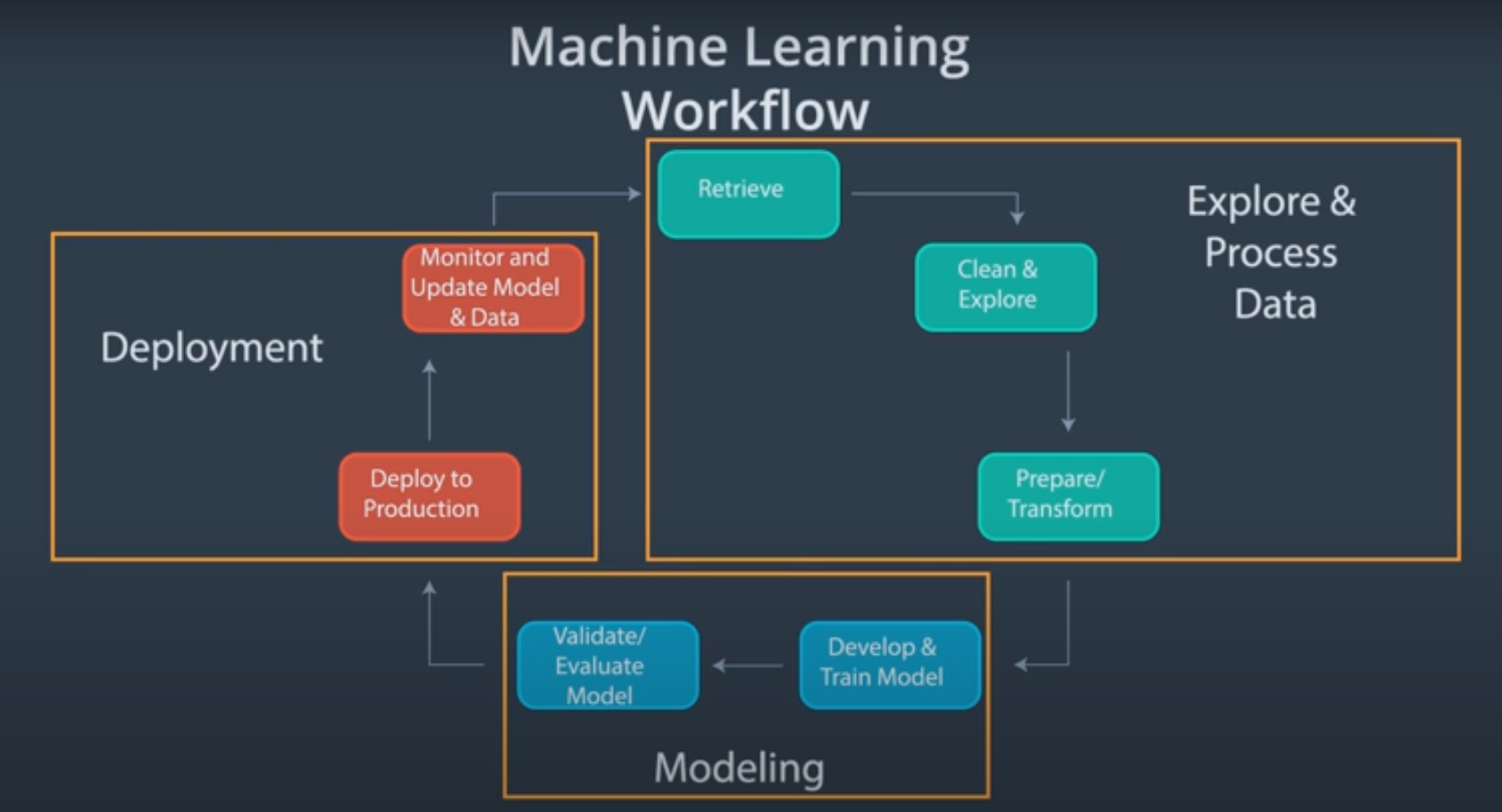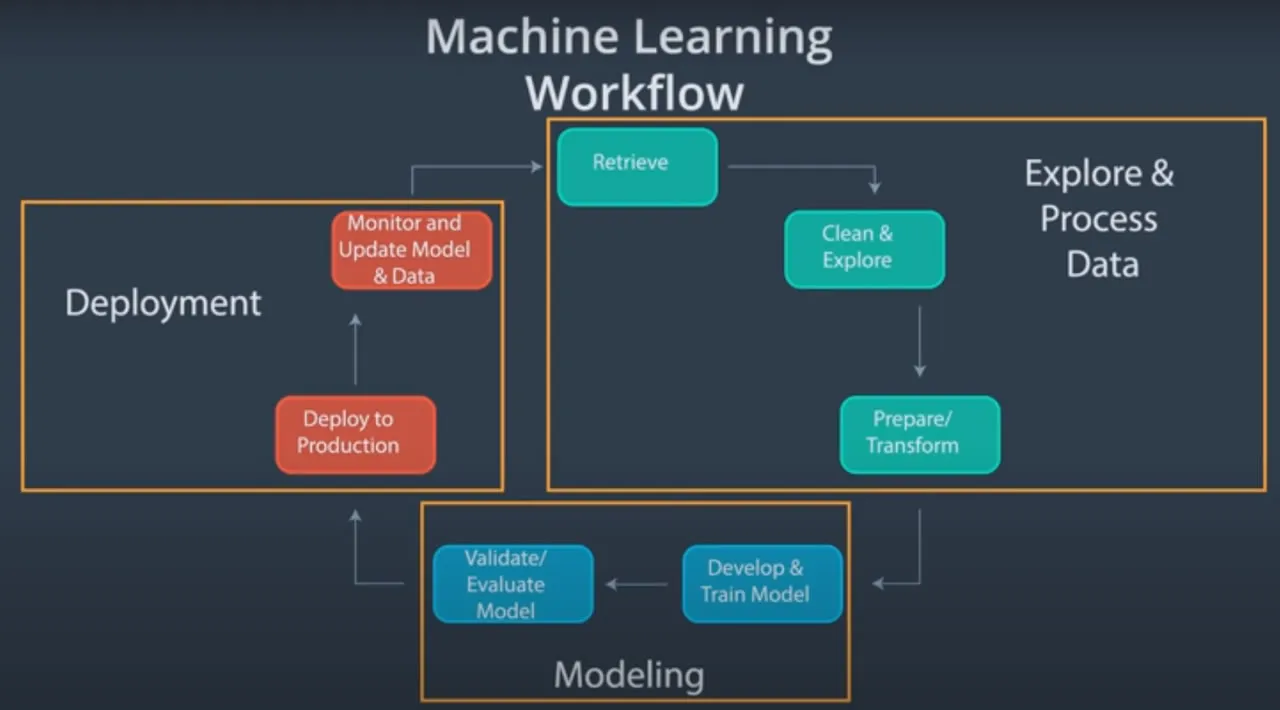Introduction
Approaching a Machine Learning project for the first time on your own can be extremely overwhelming. When you’ve taken and passed a multitude of online assessments, it can be quite confusing as to why you still feel as though there is still something missing the minute you begin working on a problem — this tends to lead to a vicious cycle of taking course after course without making much gaining much practical experience.
Courses are great and I love taking courses when I want to upskill in an area, but over time, I’ve realized that courses can only do much. My personal take is the majority of courses in the Machine Learning domain cannot solely equip you for work in the real world. This is not because these courses are bad but merely down to the fact that replicating real-world scenarios in a practice environment can be extremely tough.
The inherent discrepancies between learning environments and the real world are usually what hold many beginners back in their machine learning journey. For this reason, I grossly emphasize working on projects but trying to replicate industry expectations in the process since this better equips you for what’s to come when you do move industry.
Machine Learning Workflow
With that being said, I will introduce to you the machine learning workflow that you can use to work on your projects. Be sure to note that Machine Learning workflows can vary across the board, therefore, I will use one taken from the Become a Machine Learning Engineer Nanodegree [See image below]which was inspired by large companies such as Amazon, Google, and Microsoft.

The image above shows that the machine learning workflow we will be exploring in this article is composed of 3 components; 1) Data exploration and processing 2) Modeling 3) Deployment. Let’s cover each component to get a better idea of what’s going on.
#machine-learning
